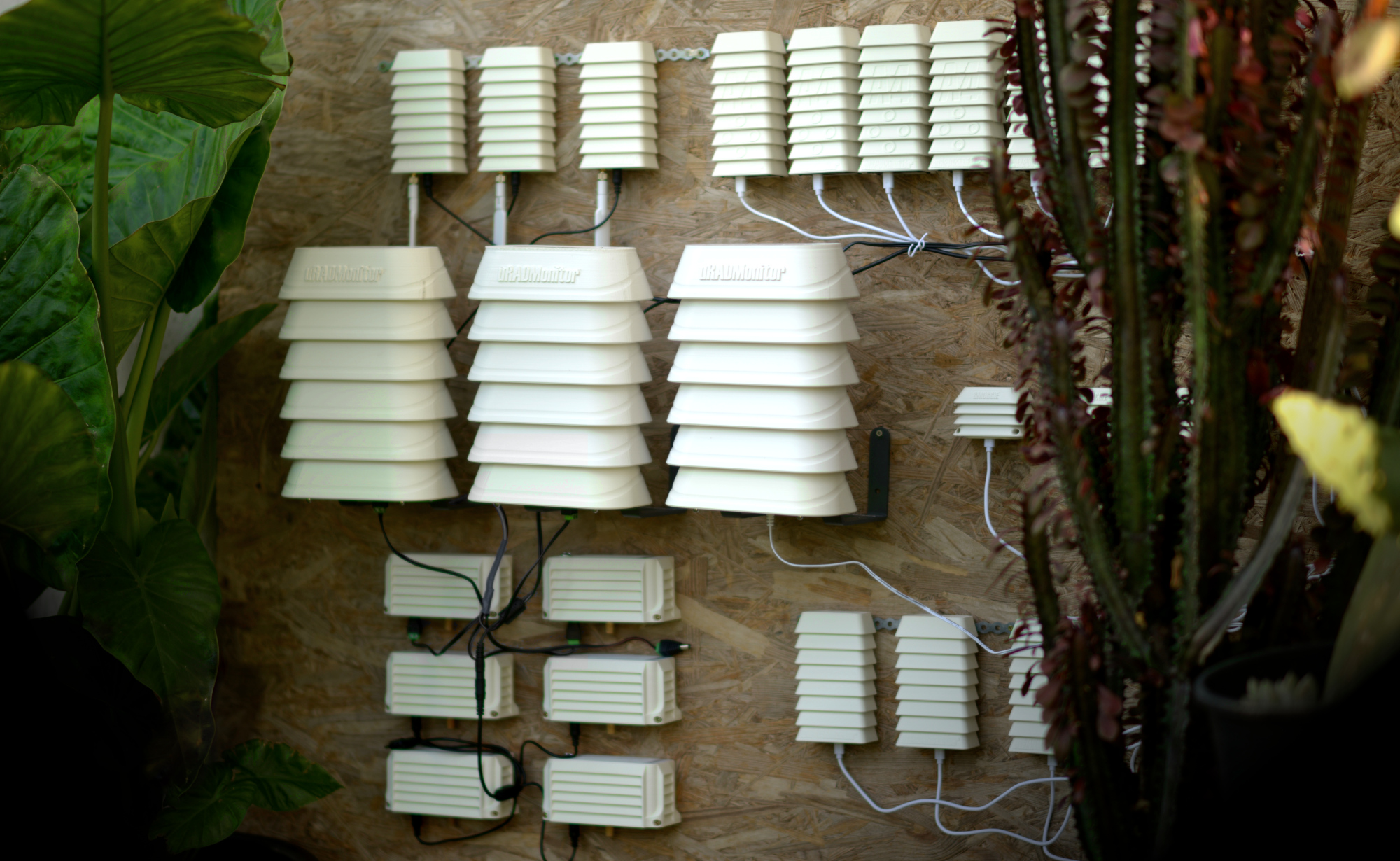
The last edition was a huge success . Now the AIRLAB Microsensors Challenge 2025 continues its mission to evaluate and promote innovation in air quality monitoring. Organized by Airparif and its open innovation platform AIRLAB, the challenge provides an independent, real-world performance assessment of air quality microsensors. It empowers decision-makers with trusted data to tackle air pollution, a global issue causing millions of premature deaths each year.
25 uRADMonitor sensors were meticulously prepared for this year’s AIRLAB Challenge.
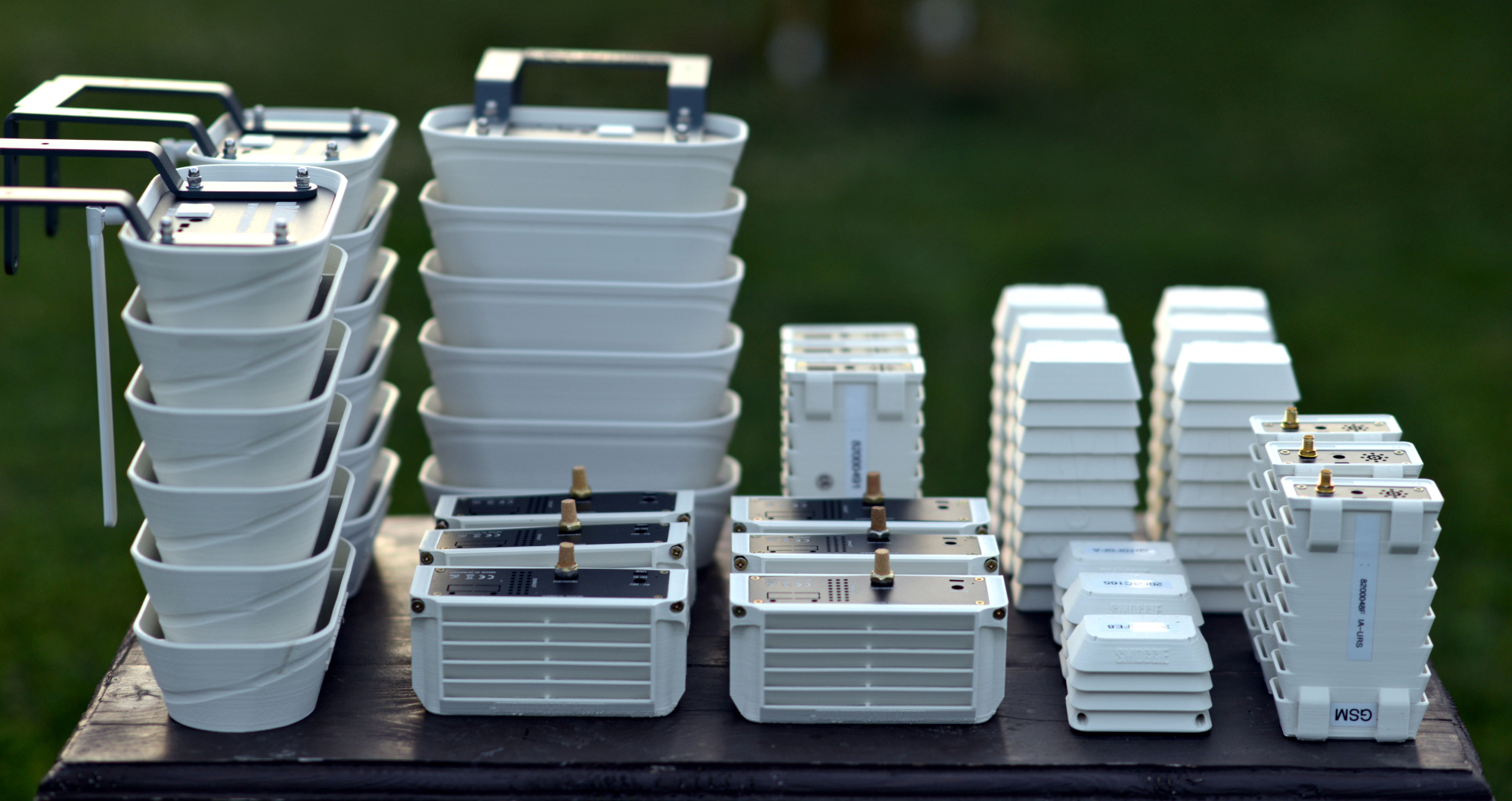
What’s new in the 2025 edition?
The fifth edition breaks new ground by testing sensors in diverse real-world environments beyond France, including Accra (Ghana) and Bengaluru (India), two high-stress climate zones ideal for robust field evaluation. It also introduces underground air quality testing in metro stations and explores how extreme heat, humidity, and confined spaces impact sensor performance. These advances mark a significant leap toward smarter, more adaptable air quality solutions worldwide.
With new categories and thoughtfully designed evaluation criteria covering aspects like connectivity, lifespan, and power supply, the competition reflects real-world air quality monitoring needs. Each edition grows in scope and relevance, helping identify the most effective sensors for a wide range of applications. Here’s a concise summary of the six AIRLAB 2025 Challenge categories, grouped by application domain:
| 📡 Outdoor Air (OA) | 🏠 Indoor Air (IA) |
| Awareness (OA-A): Designed to raise public awareness with basic outdoor air data. Lower data quality requirements; coherence to reference instruments is sufficient. Monitoring (OA-M): Intended for integration into regulatory networks with strict accuracy and traceability standards. Must measure key regulated outdoor pollutants. | Underground Railway Stations (IA-URS): High-quality monitoring of particulate matter on train platforms, complementing existing systems. Awareness (IA-A): Focuses on public information for indoor environments, with relaxed accuracy demands. Monitoring (IA-M): Ensures regulatory compliance in nurseries and schools under age 6, requiring accredited, high-precision measurements. Piloting (IA-P): Enables smart control and regulation of indoor air quality in buildings. |
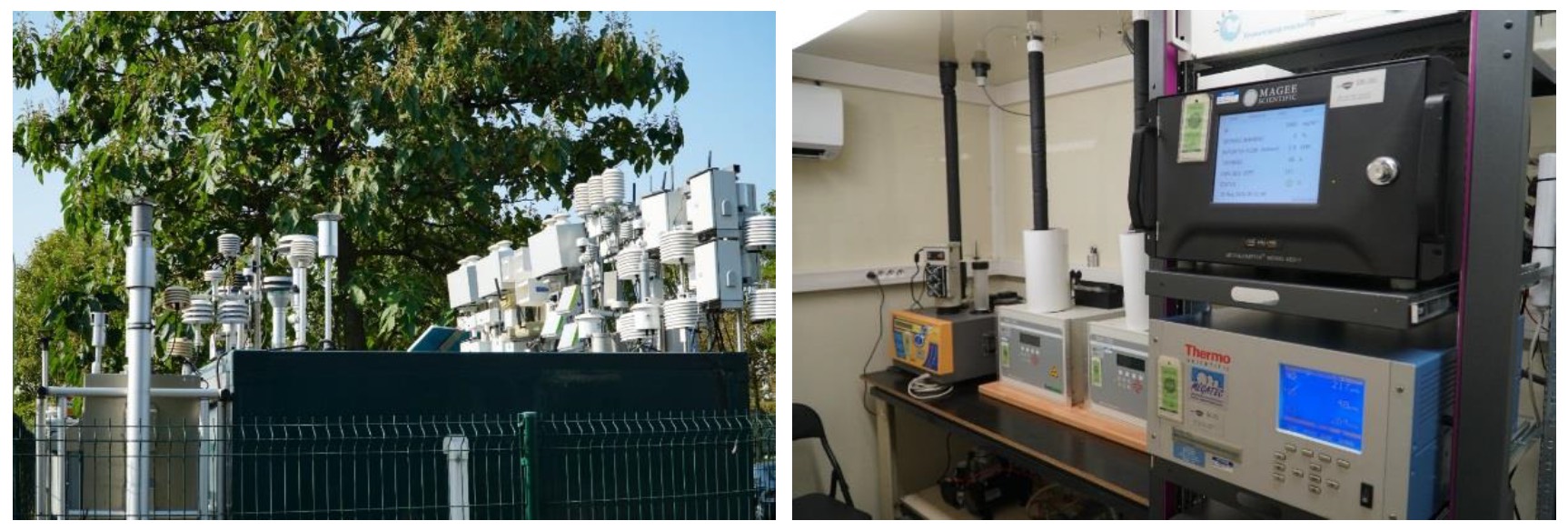
The new locations in Ghana and India bring valuable opportunities to evaluate sensor performance in tropical climates. Meanwhile, in France, the inclusion of Indoor Air monitoring in underground railway stations introduces a unique and relevant use case. These additions will generate important insights in areas where current data is still limited, while testing which sensor/manufacturer is best for the job, all in one.

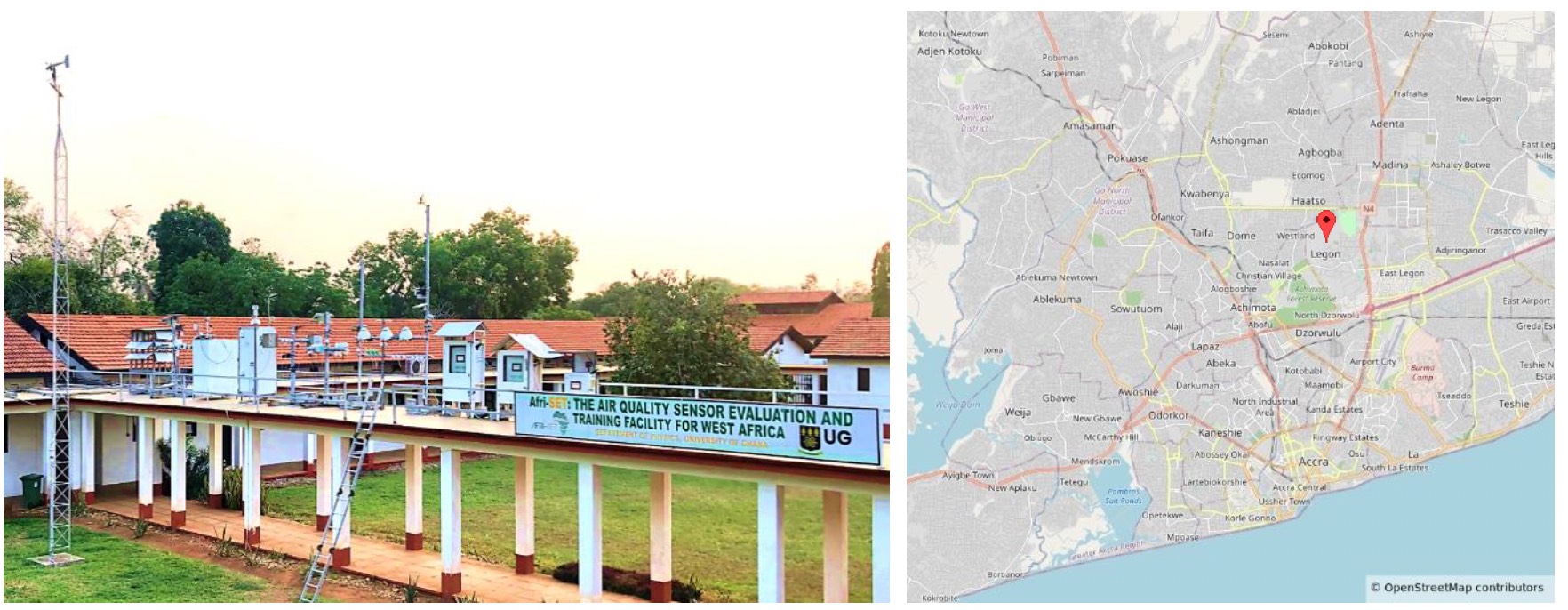
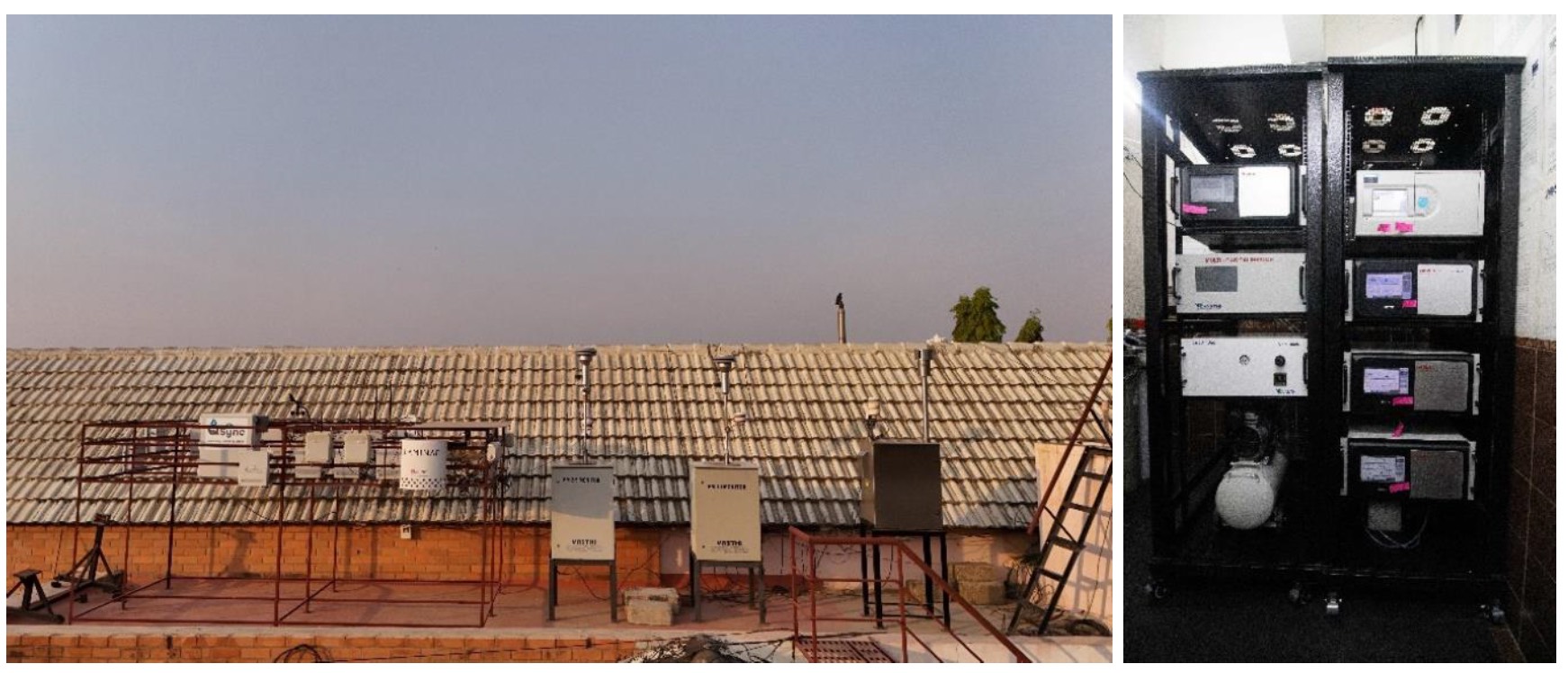
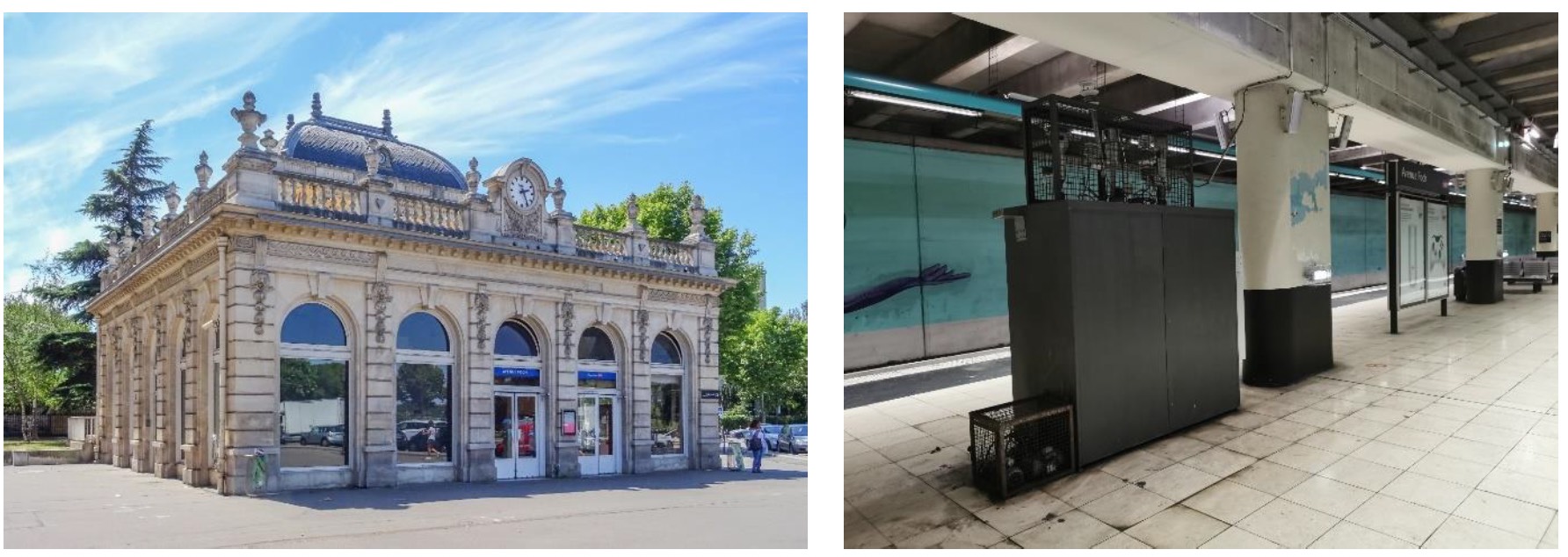
The sheer volume of equipment deployed across all AIRLAB locations is impressive, reflecting the project’s ambitious scope and the extensive work behind it. For detailed technical specifications, consult the AIRLAB 2025 Protocol Document provided by AIRPARIF.
uRADMonitor takes the challenge
We are grateful to having been accepted in this important competition with the following entries:
- uRADMonitor® INDUSTRIAL – OA-M (Outdoor Air – Monitoring) – for deployment in Ghana and India
- uRADMonitor® CITY – OA-M – for deployment in France
- uRADMonitor® SMOGGIE-PM – IA-URS (Indoor Air – Underground Railway Stations)
- uRADMonitor® MODEL A4 – OA-M in France and IA-P (Indoor Air – Piloting)
- uRADMonitor® MODEL A3 – IA-M (Indoor Air – Monitoring) and IA-URS
For AIRLAB 2025, uRADMonitor introduced major updates across both its sensor hardware and supporting infrastructure, reinforcing its position at the forefront of environmental monitoring innovation:
⚙️ Hardware Updates
- Model INDUSTRIAL: Now in its 8th hardware revision, redesigned with a new Stevenson shield enclosure for direct outdoor deployment, improved gas sensor response, and a more compact, robust build.
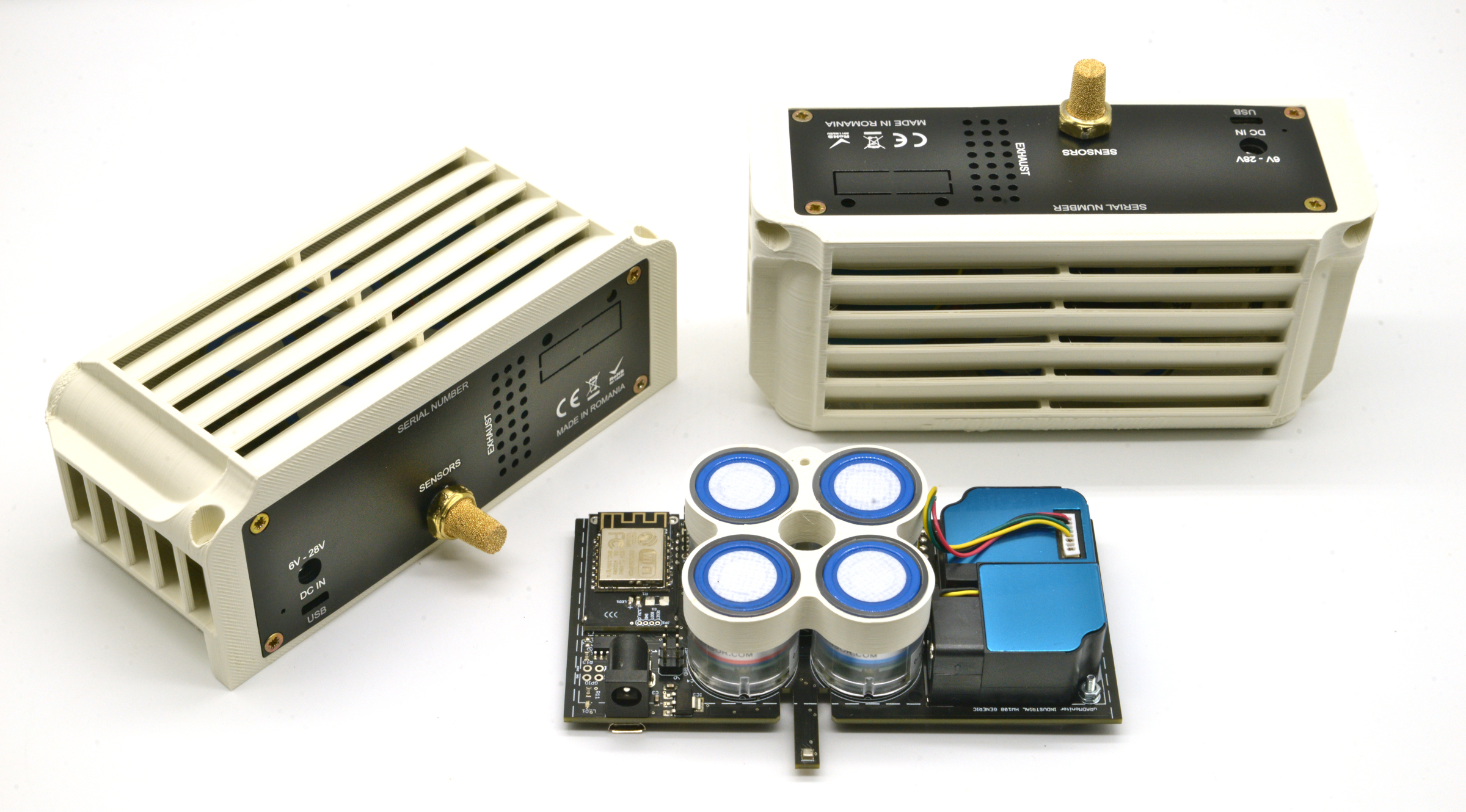
- uRADMonitor CITY: Featuring a newly enhanced modular design since the previous edition, this model includes a modern, UV-resistant ASA plastic Stevenson Shield enclosure with improved ventilation, a redesigned PCB for easier maintenance, and industrial-grade sensors. It’s built for urban environments that demand high precision, with resolution down to 1 PPB, enabling the detection of even subtle variations in ambient air quality.
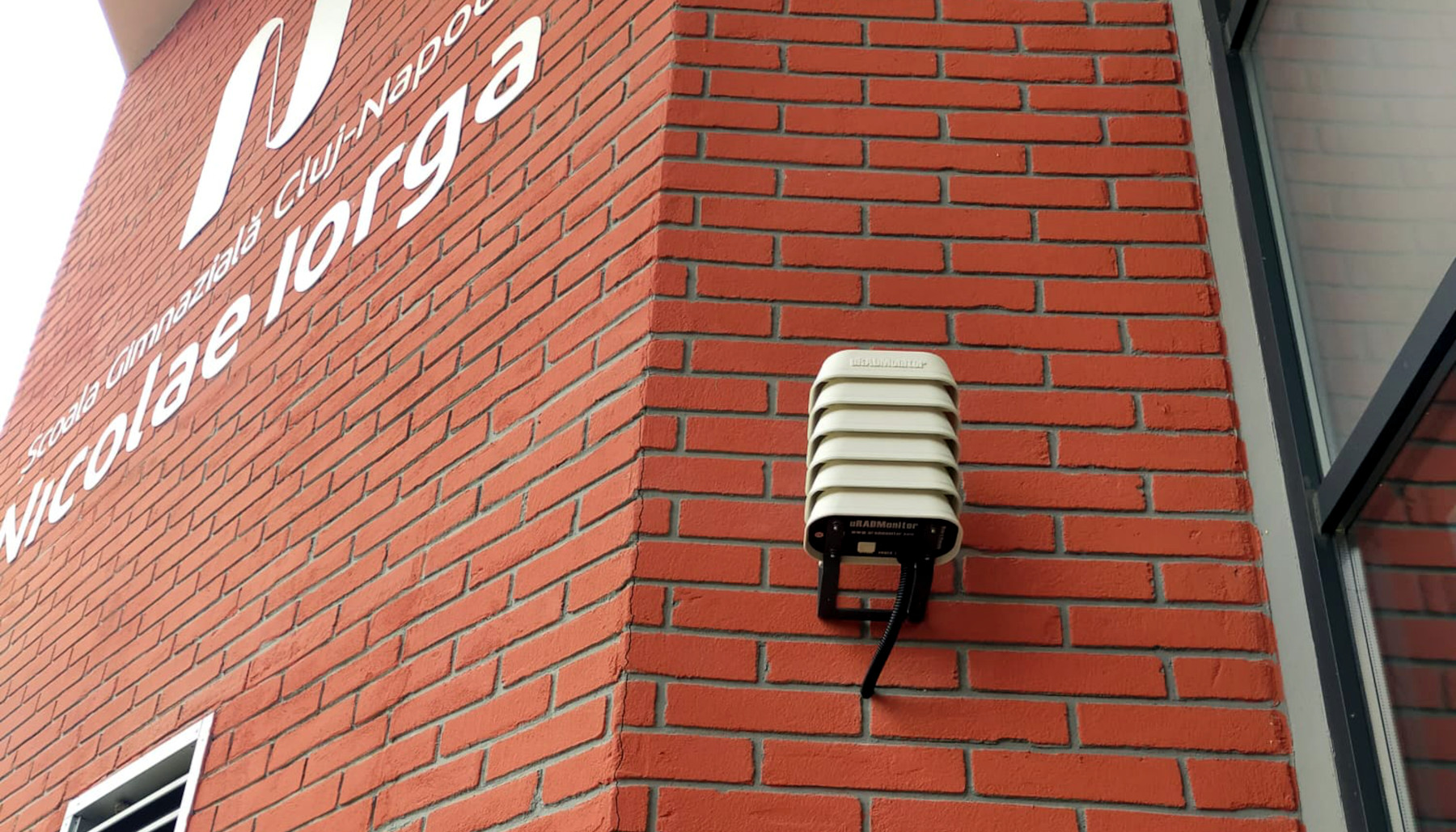
- Model A4: A relatively new addition to the uRADMonitor portfolio, now undergoing third-party laboratory testing for the first time. It features a refined enclosure and new-generation NO₂ sensors for increased detection accuracy and stability , especially important in the AIRLAB 2025 context.
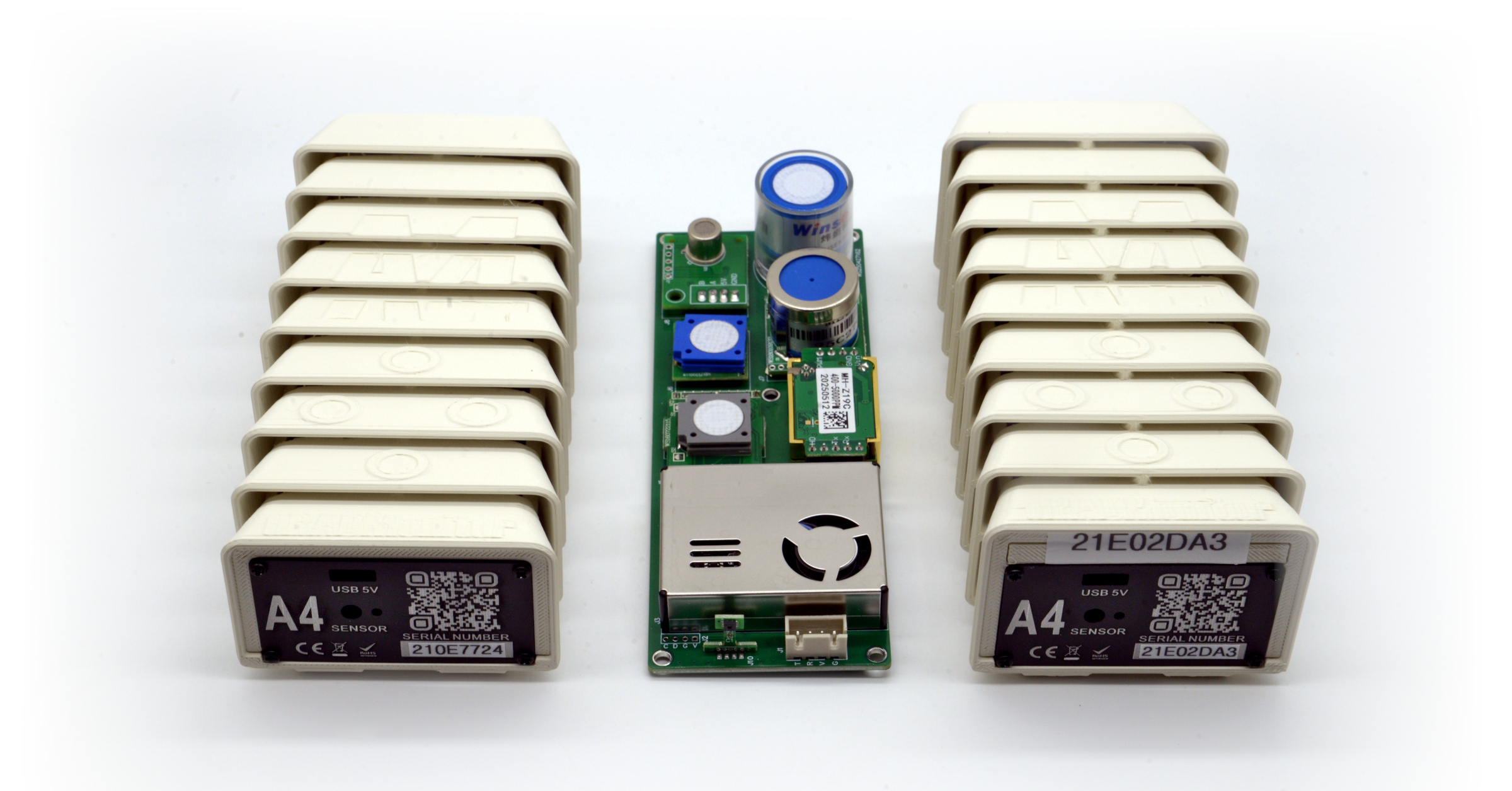
🖥️ Infrastructure Improvements
- Server failover: A new backup server ensures continuous operation and data availability in case of primary server failure.
- Big data architecture: Upgraded database backend to handle increasing sensor traffic in real time, enabling faster queries and more resilient data processing.
- Smart notifications: A brand-new alert and notification system will be released in the next few days, in time to provide real-time insights during the AIRLAB competition. These will be available in the user Dashboard account.
These updates reflect uRADMonitor’s continued dedication to delivering reliable, high-performance environmental monitoring solutions, with a strong focus on innovation, scalability, and user-centric features.
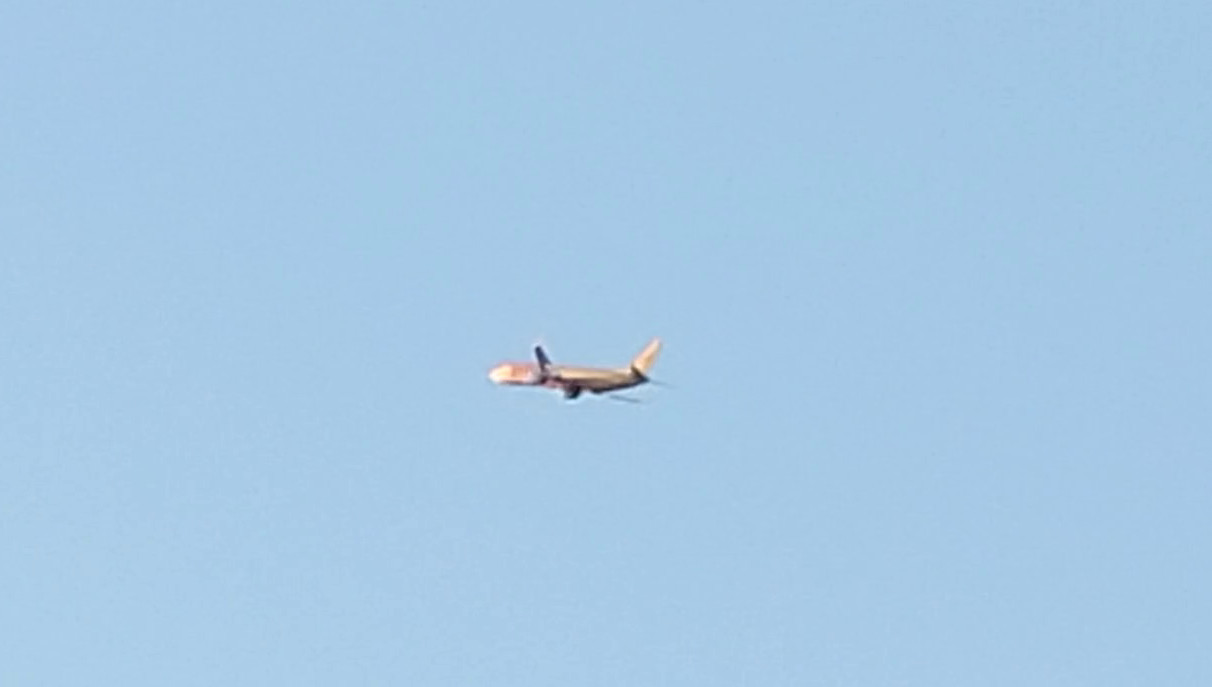
Good luck AIRLAB 2025!
uRADMonitor focuses on continuous technical innovation to enhance the performance of its products and bring unique value to the field. We look forward to the outcomes of the competition and wish the best of luck to all participants and organisers.
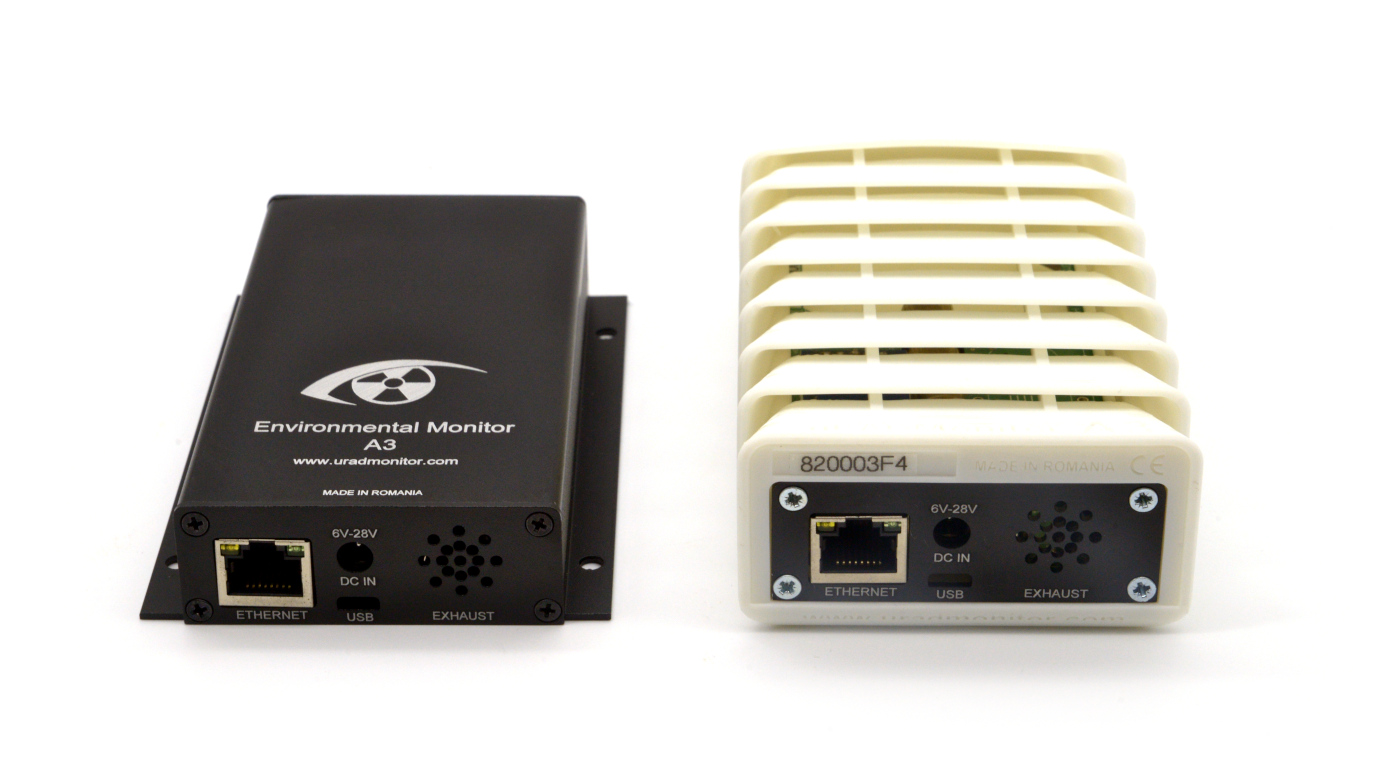
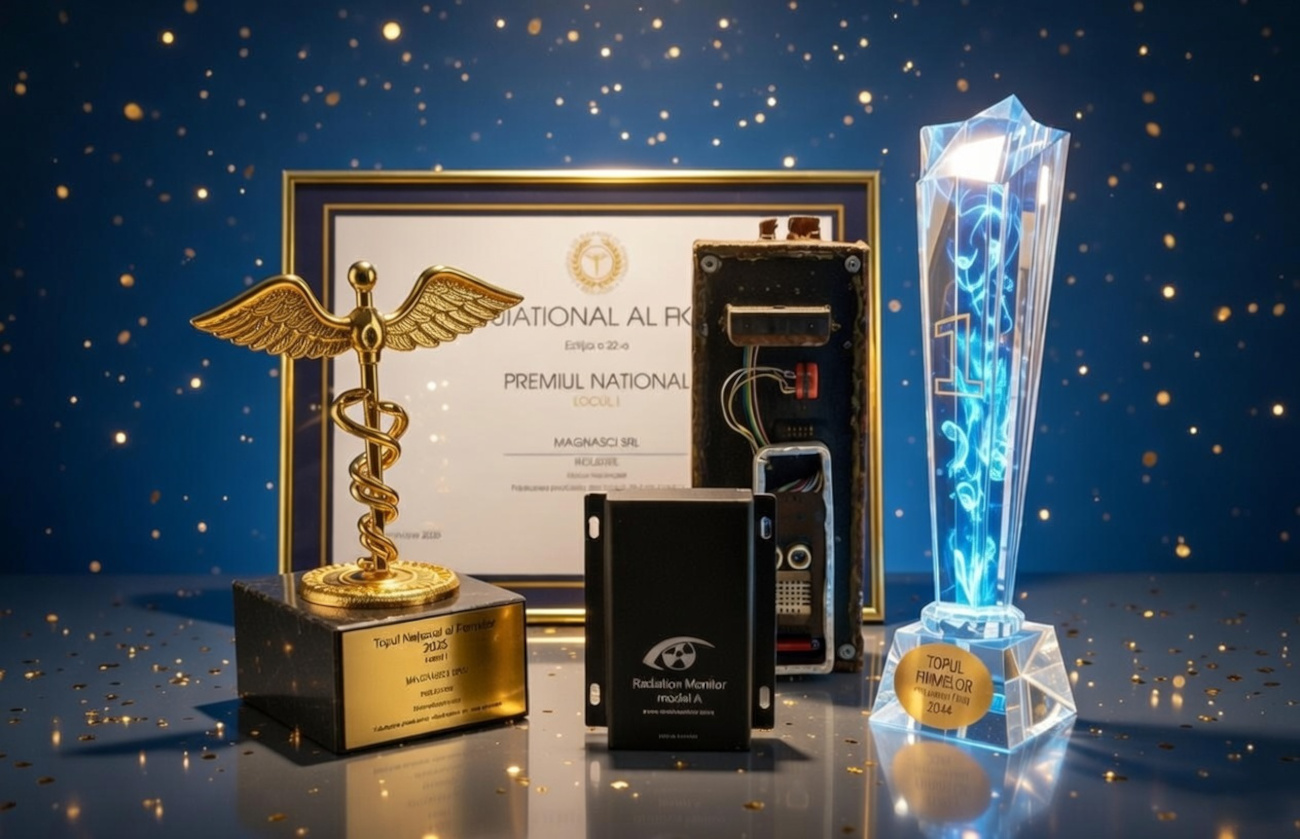

codemore code
~~~~